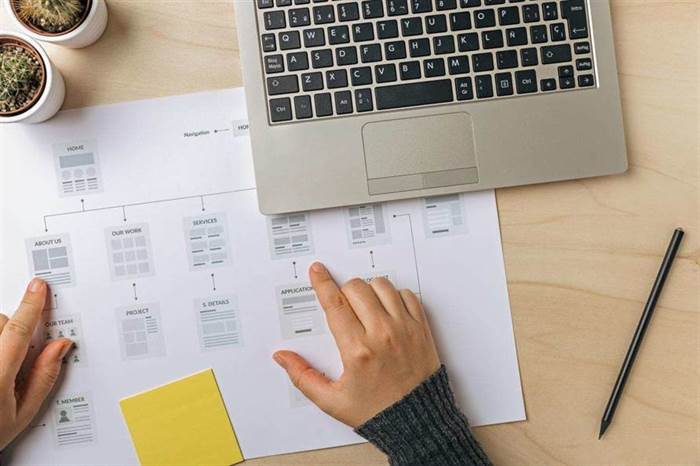Project Retrospective
Document who will do what by when, and when the team can check back to see results. Perform the steps below to conduct a project retrospective meeting.. You may try the steps interactively by visiting the interactive product tour.
- Lessons learned sessions (or retrospectives), to identify what went well and what did not, can be done at various stages throughout the project or, at the very least, as a final review.
- Sharing the results from the retrospective report is crucial in your next kickoff meeting.
- It’s human nature to want to move on once something is finished, but failing to review the project means you will end up repeating the same mistakes again and again, even on very different projects.
- In that case, define a specific action that adds in more quality control before any work is sent out.
- Effective retrospectives facilitate transparency and allow teammates to put their best foot forward when it comes to submitting the final project.
The technology assessment findings were presented alongside the user research in the “Research findings” section, yet the themes remained distinct. We had attempted to address this issue by coming to the kickoff meeting prepared with some of the critical items that we knew our clients would need in order to recruit participants. You can determine the order at random by assigning everyone a number and drawing from a hat. You might want to use a predetermined order based on your awareness of the reality.
Presenting to Win: The Art of Telling Your Story and Designing Your Slides, 3rd Edition
This led to a sense that the project unfolded seamlessly as we went from research to design and then development. We often have much longer discussions about what didn’t work project retrospective so well for our projects. You don’t want to run out of time and not talk about what worked. Discuss what worked before discussing what your team could have done better.
In a project retrospective, project team members identify strengths and inefficiencies and share ideas to promote better performance. The retrospective ends with concrete plans to put a few steps into action. These processes help the members of your team learn to communicate more effectively with one another. Project managers can use project retrospectives as a structured way to get the team to reflect and give feedback on their experience. It will help them identify blockers and problems the team ran into this time and opportunities to improve the collaborative process on future projects.
Agile Retrospectives for Projects and Sprints
If you think this might be helpful, consider having people write down one thing they learned from each person present to help things get started on a positive note. You could also have everyone share their favorite quote or something that inspires them about their work. The retrospective goal is to improve future projects by learning from past mistakes. Establish an agenda for the meeting before it starts so that people understand how much time they have to contribute and what topics need to be covered during the session.

However, they can quickly turn into complaint sessions where people vent about everything they don’t like about their projects or jobs. To avoid this, give everyone 1-2 minutes to share their reflections and move on to the next person in line. This way, everyone has an opportunity to speak up without being cut off by others who may not have anything helpful to say about the topic at hand.
By contrast, retrospectives occur within the team and usually have an informal atmosphere. Retrospectives occur frequently throughout the project lifecycle or at each iteration, not just at the end. The objective of holding a retrospective is to help the team discover ways to improve incrementally.

A project retrospective may also be concerned with a time-defined segment of work, but it may instead focus on work by milestone or phase, rather than period of time. That said, the substance of a project retrospective and sprint retrospective is the same. The first edition of the Scrum Guide in 2010 described sprint retrospectives and made them a fixture among Scrum practitioners, thus widening the practice’s user base.
Perhaps this was a project with a very ambitious scope that you managed to deliver on. Maybe you initially thought this was an easy job that would be completed far sooner than it was. Retros can be the perfect way to recap the entire process and help you better understand if your and your team’s prior expectations were accurate or not. Let’s look into some of the benefits of holding a project retrospective. This is the bulk of the meeting, where you talk about what you learned that you will hand off to other teams or use to change what you do going forward.
The facilitator of a sprint retrospective is usually the Scrum master but could be the product owner, depending on the latter’s level of involvement in the work. If the product owner has been a particularly active participant, they may even act as the facilitator. We improved on this issue between project A and project B, but we didn’t feel we had completely addressed it.





Để lại một bình luận
Bạn phải đăng nhập để gửi bình luận.